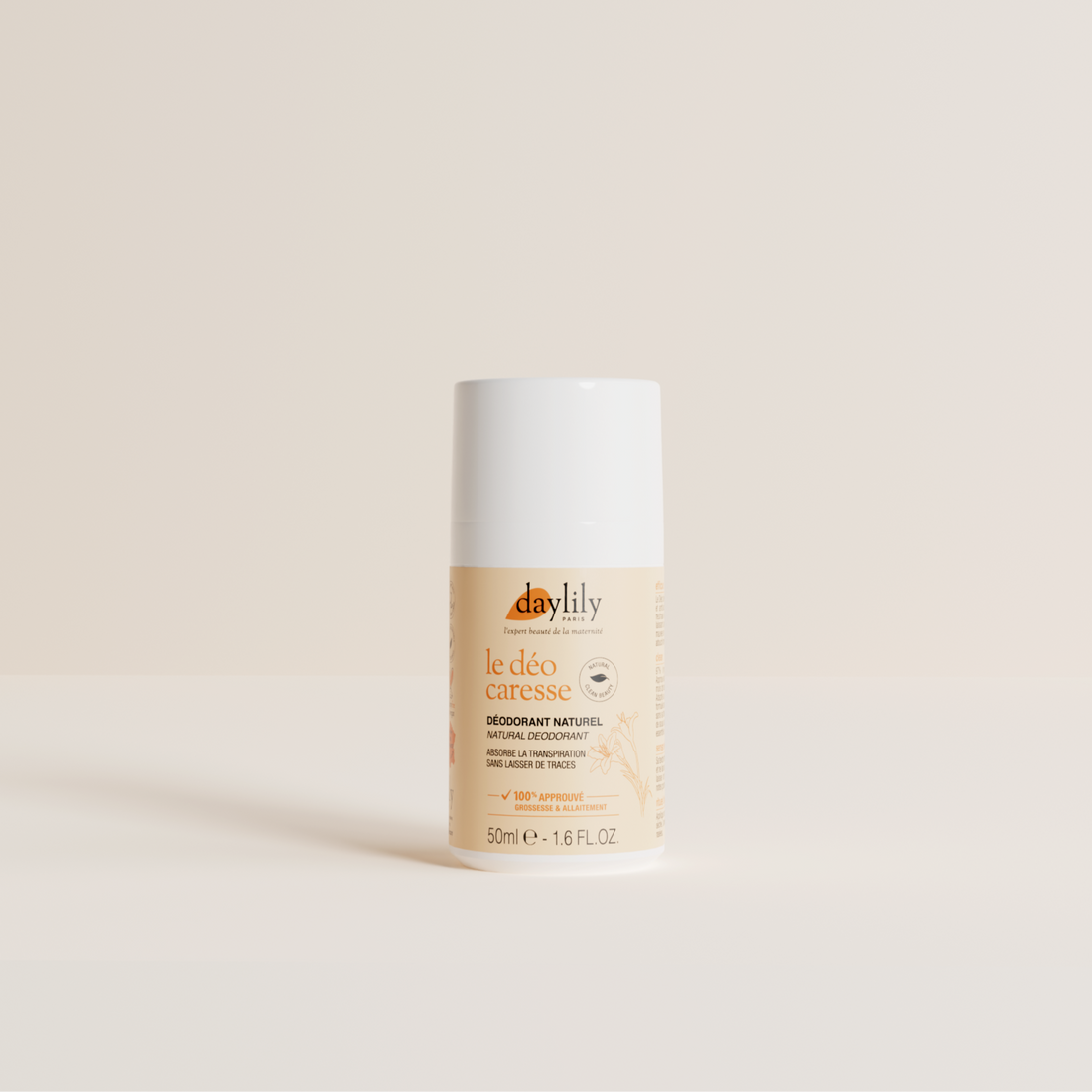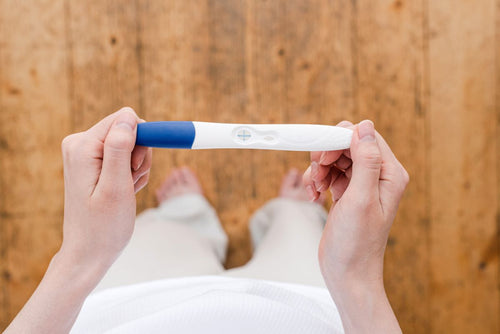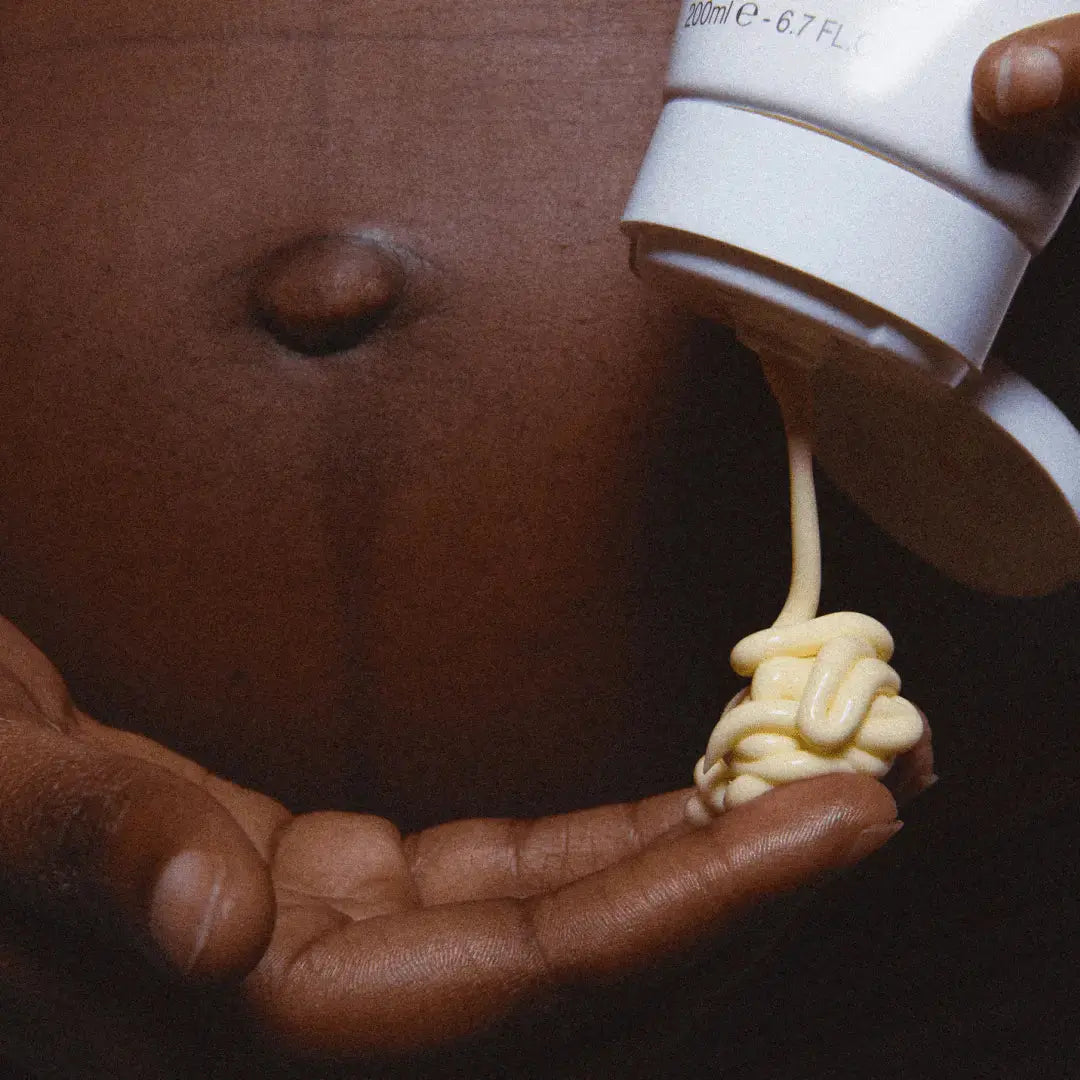Daylily Paris is a brand of clean, sensorial and effective skincare products, made in France and 100% compatible with pregnancy and breastfeeding. We're also committed to sharing quality information for an enlightened and relaxed maternity. 🧡


The different ultrasounds during pregnancy
During these nine months, we will offer you to carry out at least three ultrasounds . The first two ultrasounds are covered 70% by the CPAM, and the third 100%.
• The first is the first trimester ultrasound , often called a "dating ultrasound" or "T1 echo." It is carried out between the 11th and 13th week of amenorrhea. As a reminder, it is customary to calculate the progress of the pregnancy in weeks of amenorrhea, that is to say in the number of weeks since the last period. Thus the eleventh week of amenorrhea (SA) corresponds to the 9th week of pregnancy (SG). During this dating ultrasound, your practitioner will date the start of pregnancy and check the good growth of the fetus. If you are expecting twins or triplets, they will also be able to tell you at this stage. You will leave this ultrasound with all the documents necessary to declare your pregnancy to Social Security.
• The second trimester ultrasound should take place during the 5th month of pregnancy, between 21 and 24 weeks. This is the most complete ultrasound that will be carried out: it lasts around 30 minutes, and the baby will be observed from every angle.
• Finally, the ultrasound of the last trimester, carried out around 32 weeks, aims to control the baby's growth, its morphology, but also its vitality, its position, the quantity of amniotic fluid and the placenta to already ensure that the delivery is going well. And yes, the term is fast approaching!

The particularities of the 2nd trimester echo
Good to know: because your practitioner needs the clearest image possible to see the fetus in detail, it is recommended not to apply creams, oils, or other treatments to the stomach the morning before the examination . These could obstruct ultrasound. Rest assured, you will be able to resume your anti-stretch mark routine right after the exam.
Checkpoints during T2 echo
During this second pregnancy ultrasound, baby will be examined from all angles ! Your practitioner will notably check:
• The good growth of the fetus , which involves numerous measurements: cranial circumference, head diameter, abdominal circumference, femoral length, which will be compared to the reference values at this stage of pregnancy. The examination will allow an estimate of the baby's weight and height, which will be recorded in the report.
• The size, shape and position of each organ will be checked: brain, heart, lungs, diaphragm, bladder, liver, kidneys, gallbladder, stomach... On the face, the ultrasound machine will check the absence of cleft palate and the presence of nasal bones – nasal bones that are too short or absent can be suggestive of Down syndrome.
You should know that at this stage, it is not possible to detect all fetal malformations, particularly of the heart. Some anomalies will only be detectable on the following ultrasound, at birth or in the first weeks of the child's life.
• You will be able to see exactly baby's little hands and feet , his fingers and toes, as well as his face. Some gynecologists or sonographers offer 3D images, allowing you to see your face in detail if the baby's position allows it, because this rascal could well turn his back on you or play hide and seek with his hands :)
• If baby is well positioned, your doctor will be able to tell you his sex . A great moment for all those who don't want to keep the surprise, and who are impatiently waiting to know if a little boy or a little girl will expand the family!
• The morphological ultrasound also aims to verify that mother-fetus exchanges are taking place correctly and to detect a risk of premature birth. We will thus control the thickness of the placenta, the quantity of amniotic fluid, and the length of the cervix. The ultrasound can be supplemented by a Doppler of the uterine arteries and/or the umbilical cord, to ensure that blood flow to the uterus or umbilical cord is sufficient.

Screening for Down syndrome
You will also be asked if you wish to be screened for Down syndrome. Left to the discretion of the parents, the screening consists of measuring nuchal translucency during the ultrasound, then immediately taking a blood test, which will allow measurement of serum markers. These two data, coupled with personal data such as the age of the mother-to-be, will make it possible to assess the probability of the baby having Down syndrome. The result will be sent to you a few days later by your doctor. If the risks are 1 in 1000 or more, you will be offered to carry out a NIPT (Non-Invasive Prenatal Diagnosis), which consists of a second blood test, to determine if the child carries an additional chromosome 21. This procedure avoids amniocentesis, a test that can potentially trigger a miscarriage.
At the end of the examination, the sonographer will give you a report to attach to your pregnancy file, as well as pictures of the fetus – the first “photos” of the baby to keep carefully !

















